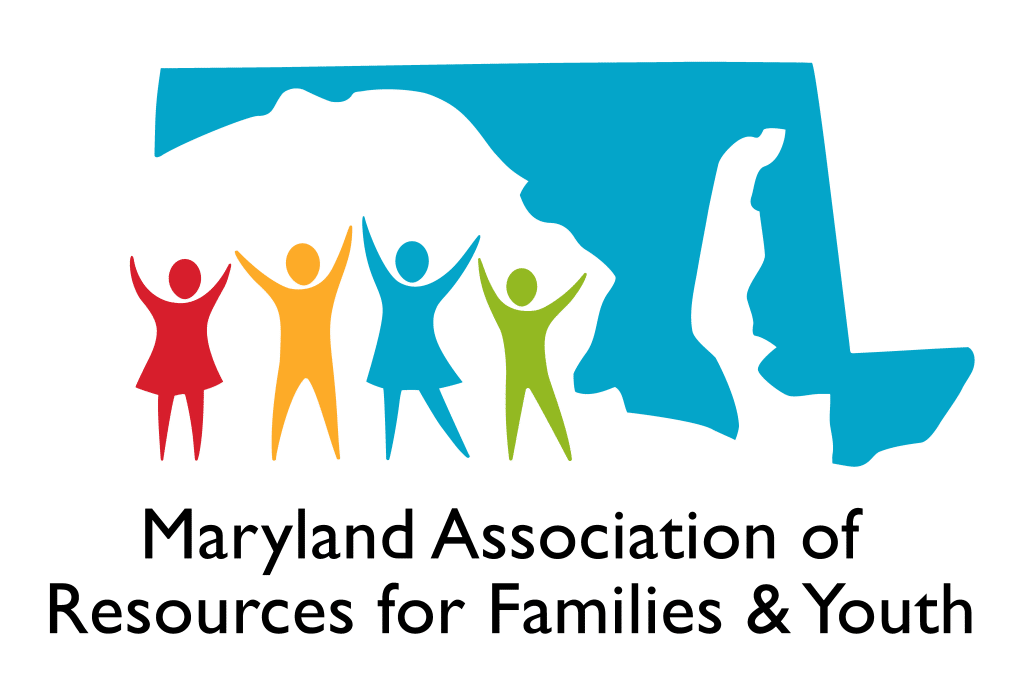Senate Bill 1045, enacted by the 2018 General Assembly, is a modest step to help the sustainability of our smaller nonprofit service organizations, and to streamline and simplify the treatment of indirect costs across state agencies and other intermediaries (or ‘pass though entities’), similar to the new OMB Uniform Guidance at the federal level. Under SB 1045 state agencies or intermediaries would be using the same definitions and guidelines that they have been required to use for at least three years for most federal funds they handle. Senate Bill 1045 was sponsored by Senator Cheryl Kagan of Montgomery County and supported by Maryland Nonprofits with help from numerous service organizations and nonprofit officials.
¿Por qué era necesario?
Sustaining a healthy community of willing qualified providers is crucial for state programs – consistent under-funding seriously threatens that. A significant number of nonprofits, some believe a majority, have less than 30 days operating reserves. Under-funding by not allowing indirect costs, coupled with administrative burdens and often payment delays are serious threats.
But many state service contract or grants still limit or disallow the nonprofit providers’ actual indirect costs of administering the grants or contracts.
¿Qué hace el proyecto de ley 1045 del Senado?
It assures that nonprofit service providers who lack the capacity (because of their limited size, staff, or other resources) to establish a formal rate for reimbursement of these actual costs of providing services to our constituents and communities, are allowed to recover what current federal rules characterize as a ‘de minimis’ amount, at least 10% of the “modified total direct costs” of the services they provide. If providers have an approved federal indirect cost rate it would apply that rate.
¿Qué son los "costes indirectos"?
Senate Bill 1045 uses the same definition that applies to most federal funds being passed through state & local governments:
- Indirect (F&A) costs means those costs incurred for a common or joint purpose benefitting more than one cost objective, and not readily assignable to the cost objectives specifically benefitted, without effort disproportionate to the results achieved …. “ OMB Uniform Guidance
- “typical examples of indirect (F&A) cost for many nonprofit organizations may include depreciation on buildings and equipment, the costs of operating and maintaining facilities, and general administration and general expenses, such as the salaries and expenses of executive officers, personnel administration, and accounting.” OMB Uniform Guidance





